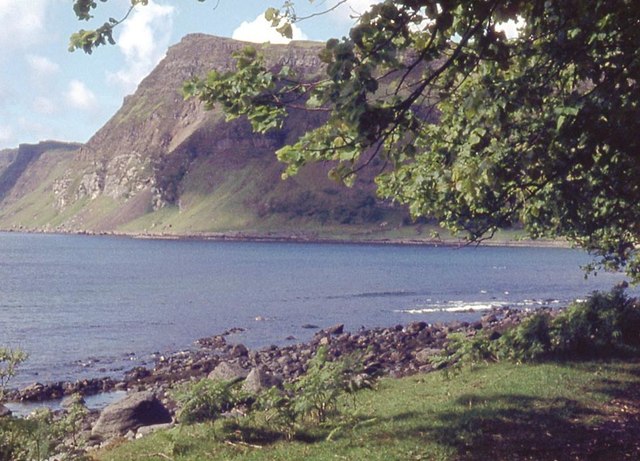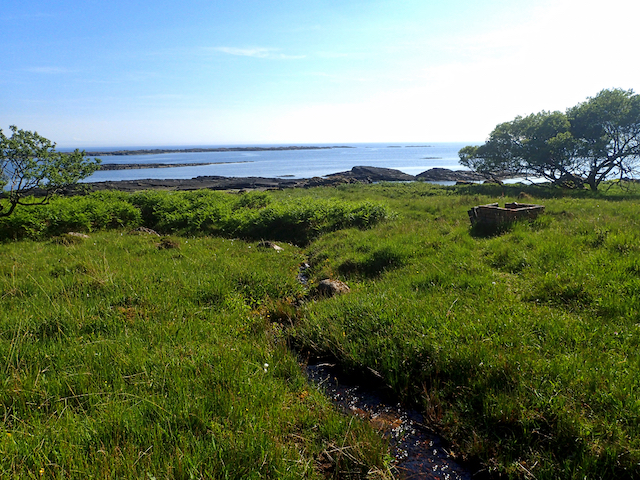An Dùnan
Coastal Feature, Headland, Point in Argyllshire
Scotland
An Dùnan

An Dùnan is a prominent headland located in Argyllshire, Scotland. Situated on the west coast of the country, it is known for its breathtaking coastal views and unique geological formations. The headland juts out into the Atlantic Ocean, creating a rugged and dramatic landscape that is a popular destination for nature enthusiasts and photographers.
An Dùnan is characterized by its towering cliffs, which rise steeply from the sea, providing a sense of grandeur and awe. These cliffs are made up of layers of sedimentary rock, showcasing the area's geological history. The headland is also home to a variety of marine life, including seabirds, seals, and occasionally dolphins, making it a haven for wildlife enthusiasts.
One of the most distinctive features of An Dùnan is the ancient fort that sits atop the headland. The fort, believed to date back to the Iron Age, is a testament to the area's rich history and provides a glimpse into the lives of the people who once inhabited the region. The fort's strategic location offers panoramic views of the surrounding coastline, making it an ideal spot for defensive purposes.
Visitors to An Dùnan can explore the headland via a network of walking trails that wind through the rugged landscape. These trails allow visitors to fully immerse themselves in the natural beauty of the area, with stunning coastal vistas at every turn.
Overall, An Dùnan is a captivating coastal feature that showcases the beauty of Scotland's west coast. With its dramatic cliffs, ancient fort, and abundant wildlife, it is a must-visit destination for those seeking a truly unique and awe-inspiring natural experience.
If you have any feedback on the listing, please let us know in the comments section below.
An Dùnan Images
Images are sourced within 2km of 56.318878/-5.9480625 or Grid Reference NM5521. Thanks to Geograph Open Source API. All images are credited.

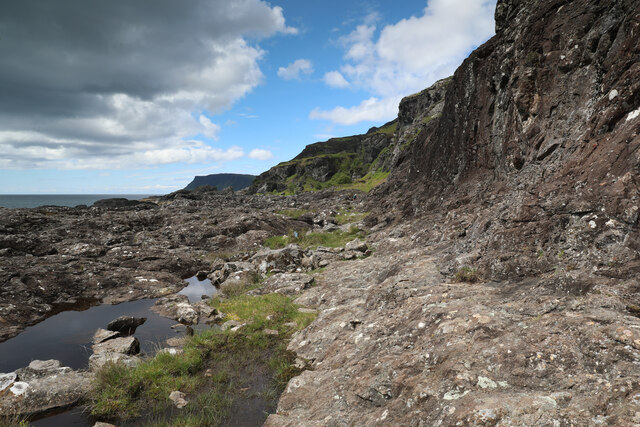
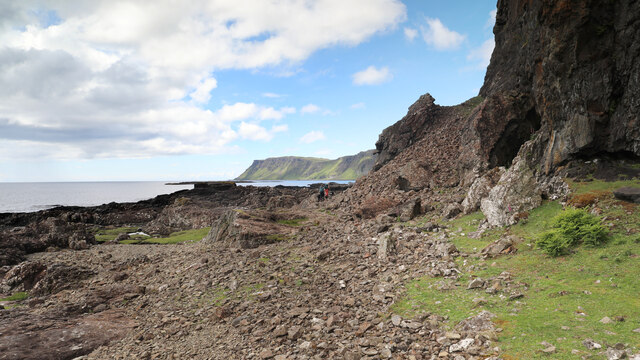
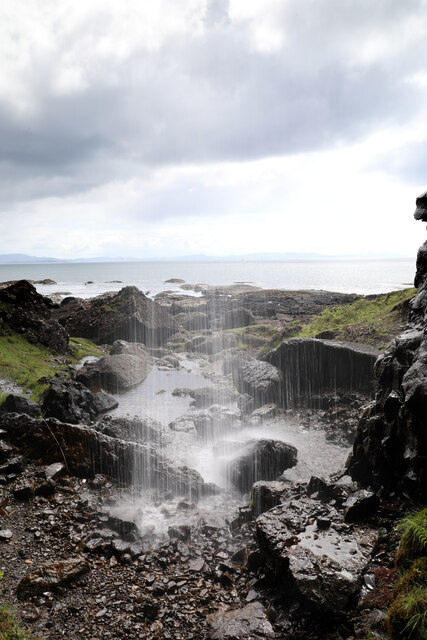
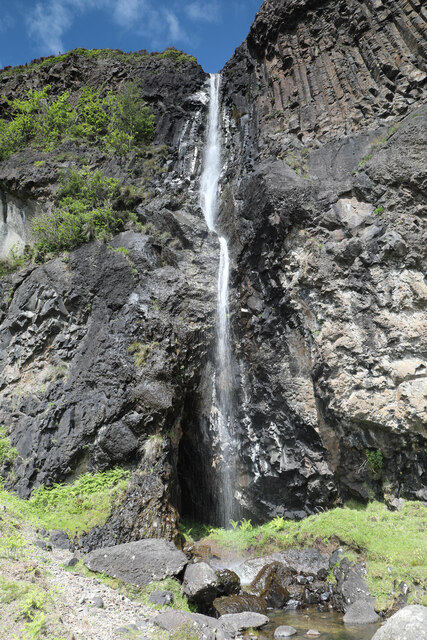
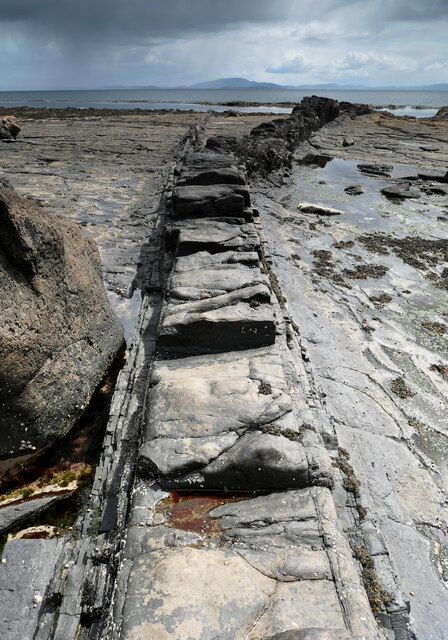
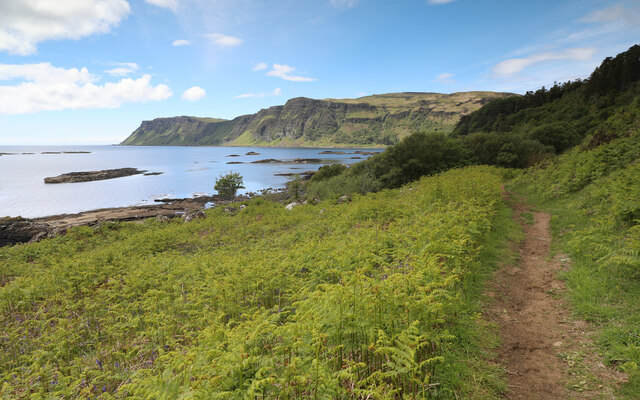
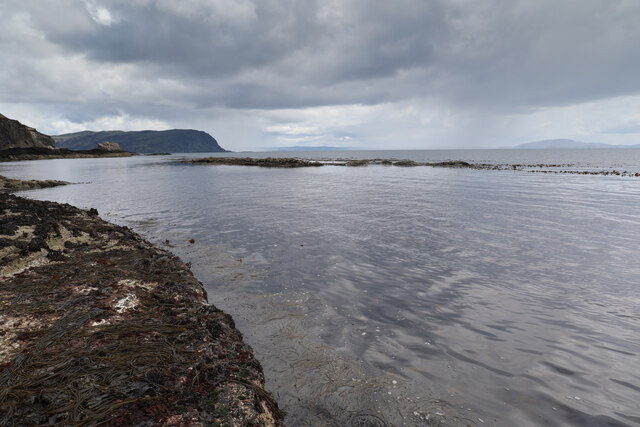
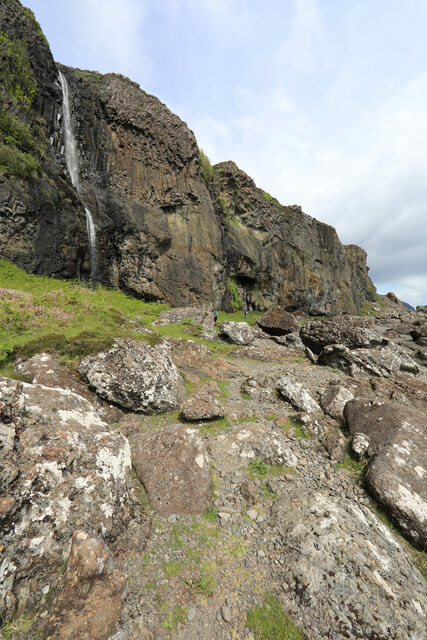
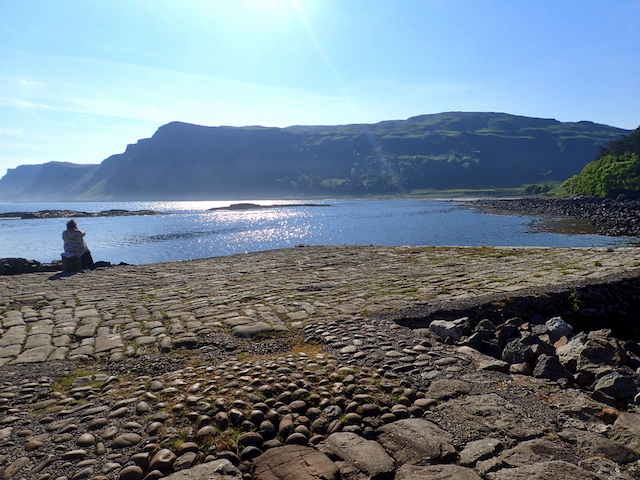
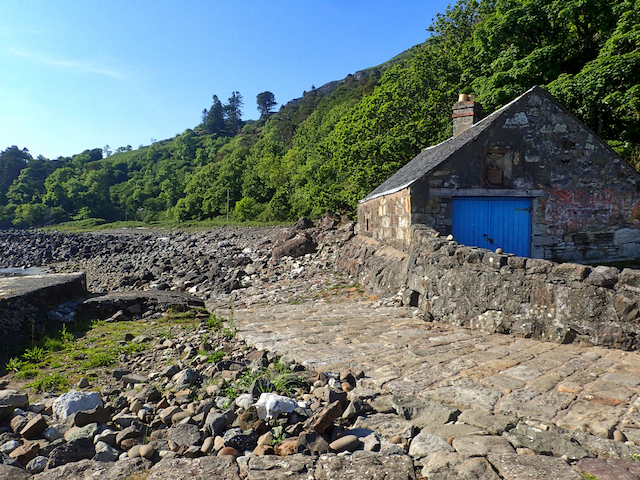
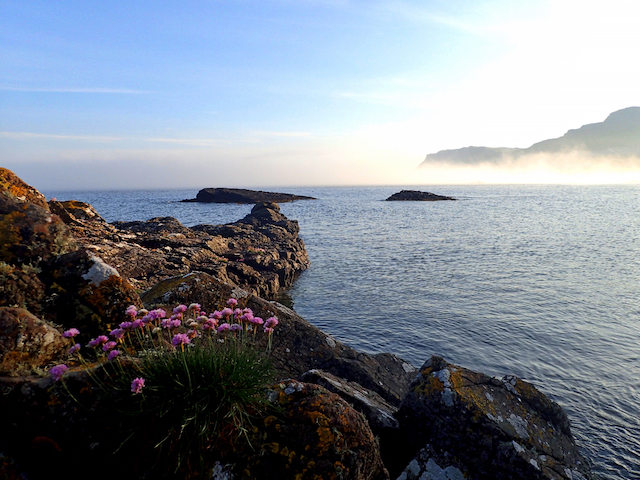
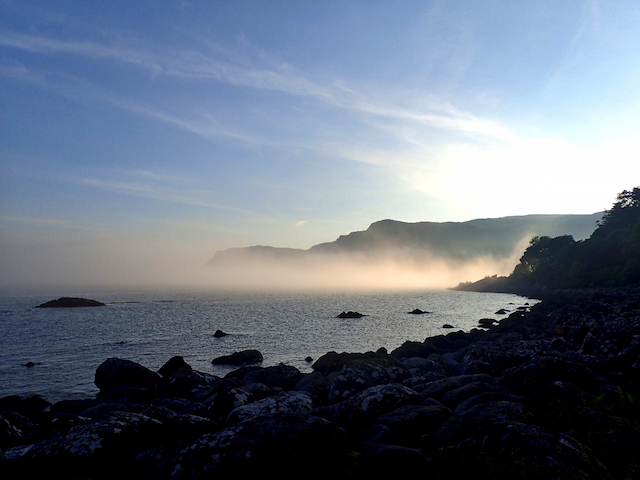


An Dùnan is located at Grid Ref: NM5521 (Lat: 56.318878, Lng: -5.9480625)
Unitary Authority: Argyll and Bute
Police Authority: Argyll and West Dunbartonshire
What 3 Words
///both.envelope.situation. Near Lochbuie, Argyll & Bute
Nearby Locations
Related Wikis
Carsaig Bay
Carsaig Bay is a cove on the Ross of Mull in the south of the Isle of Mull, off the west coast of Scotland. It is situated 5 kilometres (3 miles) eastward...
Loch Buie
Loch Buie (Scottish Gaelic: Locha Buidhe, meaning "yellow loch") is a sea loch on the south coast of the Isle of Mull, off the west coast of Scotland....
Pennyghael
Pennyghael (Scottish Gaelic: Peighinn nan Gàidheal) is a small village in the Ross of Mull, Argyll and Bute, Scotland. It is located along the A849 road...
Moy Castle
Moy Castle is a ruined castle near Lochbuie on the Isle of Mull, Scotland. The site is now a scheduled monument. == History == The land upon which Moy...
Nearby Amenities
Located within 500m of 56.318878,-5.9480625Have you been to An Dùnan?
Leave your review of An Dùnan below (or comments, questions and feedback).
